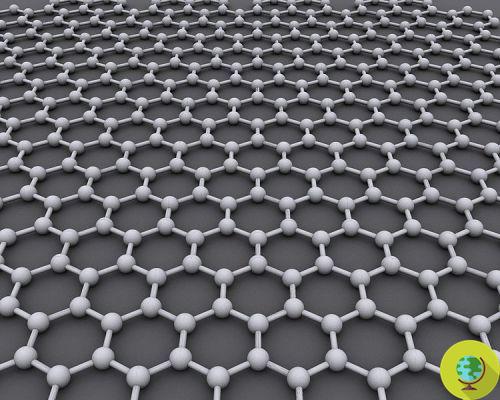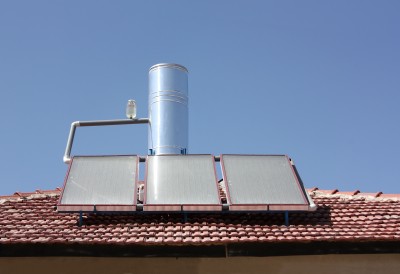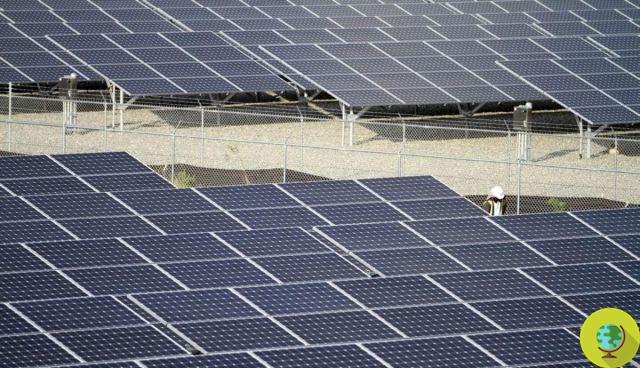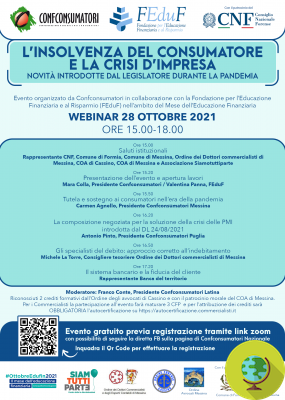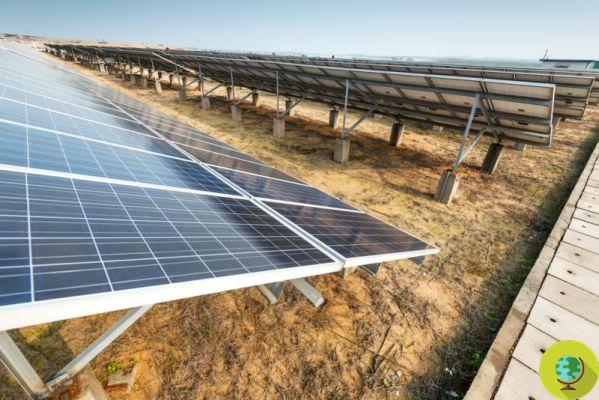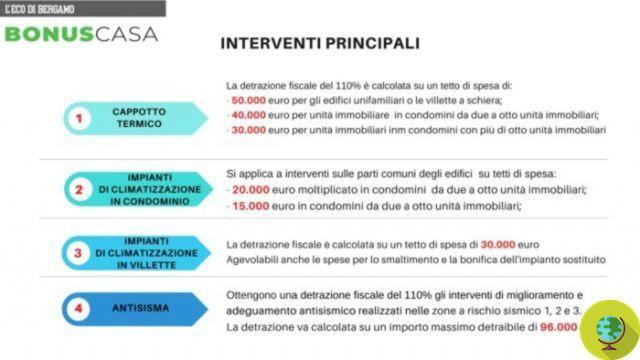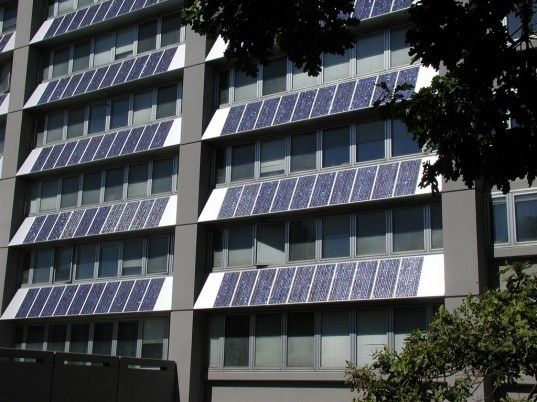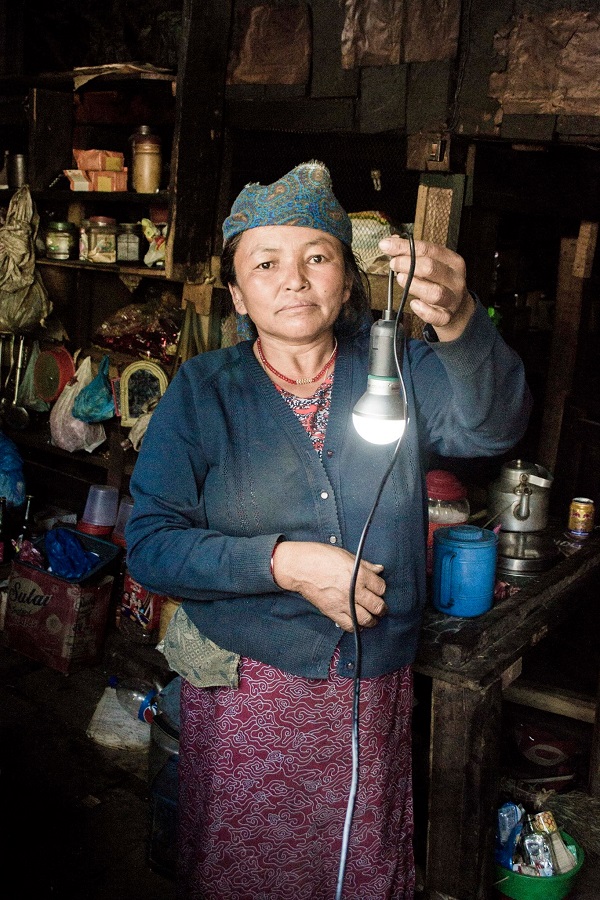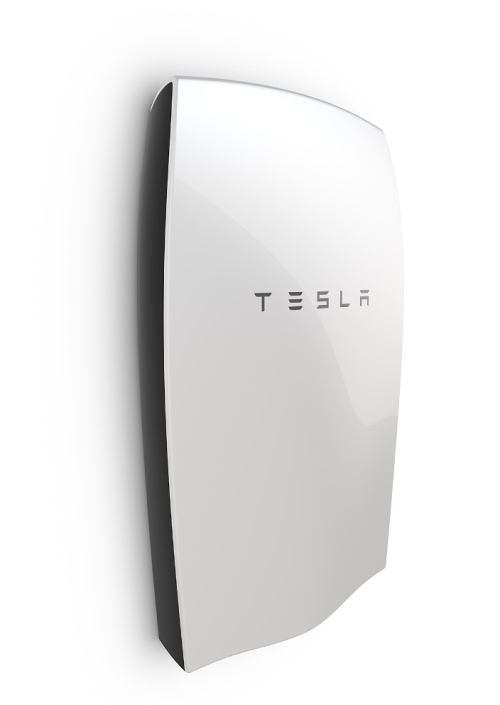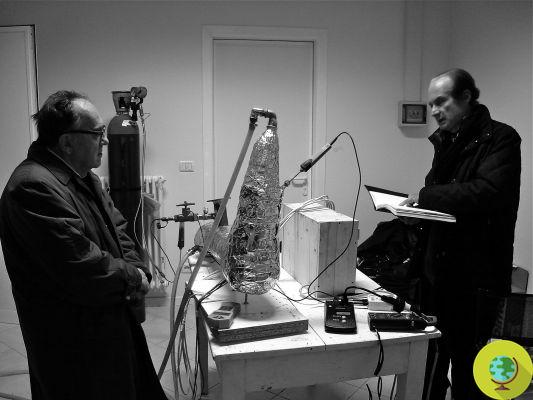In recent years, researchers working in the photovoltaic sector have made great strides. In addition to creating floating, spray, flexible, organic-based, microscopic, self-cleaning modules, etc. etc., they also tried to improve the performance of the panels themselves, increasing their lifespan for example (today around 20-25 years). In fact, photovoltaic cells undergo more or less severe stress every day, such as high temperatures, day / night temperature range, the action of wind, dust, sand and so on. To remedy this, a line of research has focused on the study of self-repairing panels, and here are the three best projects of the moment!
He is about to end up run over, his mother saves him
In recent years, researchers working in the photovoltaic sector have made great strides. In addition to creating floating modules, spray, flexible, organic-based, microscopic, autopulent, etc., etc., have also tried to improve the yield of the panels themselves, for example by increasing their lifespan (today around 20 25-years). The photovoltaic cells, in fact, undergo more or less strong stress every day, such as oldtemperature,temperature range day / night, thewind action, dust, sand and so on. To remedy this, a line of research has focused on the study of self-repairing panels, and here are the three best projects of the moment!
1) MIT self-healing solar cells
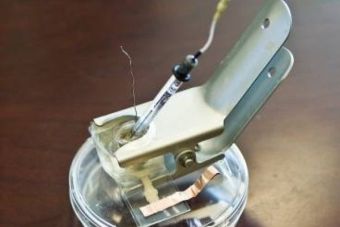
-
In the first place there is undoubtedly the attempt of the Massachussets Institute of Technology, which we already told you about a few months ago. At the laboratories of With they are trying to imitate the Natura, creating molecules that, thanks to the addition or removal of a simple additive, split or recombine continuously, just like the molecules of phospholipids present in the leaves.
This would allow any organic based solar panels to last much longer, having a dynamic and not static “fabric”.
2) Purdue University self-healing carbon nanotube solar cells
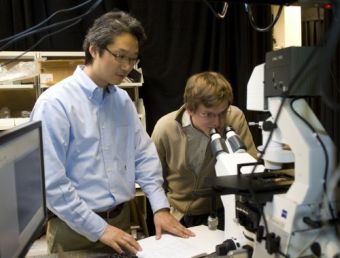
-
In second place are the researchers of the Purdue University (Indiana, USA), also engaged in the attempt to imitate the mechanisms of Nature. In this case, however, even if the principle ofself-repair it is the same, the methods to implement it are different. In fact, the Purdue team is experimenting with a combination of carbon nanotubes e DNA strands genetically modified, capable of replacing the molecules of chromophores employed in organic-based cells. The use of chromophores, of bacterial origin, therefore natural or synthetic, is the keystone of the entire project.
3) Self-healing solar cells with synthetic crystalline multi-chromatic liquid
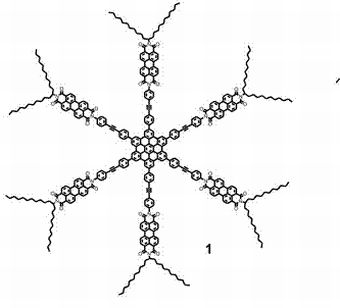
-
In third place the study by a team of researchers fromIndiana University, also focused on the imitation of Nature as a scientific approach to the problem. To make the self-repair possible, we are following the track of a synthetic crystalline multi-chromatic liquid. The latest experiments show that this liquid, if used in organic-based solar cells, would dampen temperature changes, while at the same time cushioning the side effects of very high temperatures. Again, the main result would be the lengthening of the average life of the photovoltaic modules.
It is difficult to predict which of these studies will be successful and which will be abandoned. One thing is certain: the imitation of Nature, which unites all three researches, still remains today one of the most traveled paths by man. The sapiens one though.
Roberto Zambon







